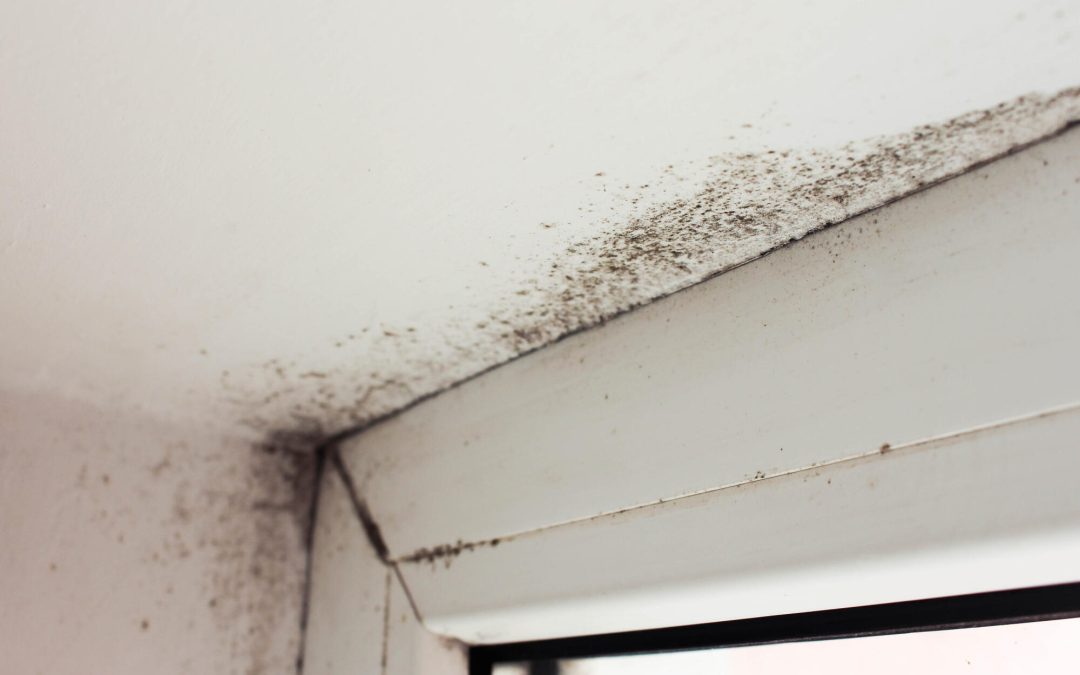Did you know that Americans spend around 90 percent of their time indoors? Studies reveal that indoor air pollutant levels are two to five times higher than outdoor levels (Source: EPA).
Poor indoor air quality can have serious health implications, and one of the biggest culprits is mold. If you suspect your air is contaminated, it’s crucial to understand how to test for mold in air to safeguard your family’s health. Whether you’re a homeowner in Orlando, FL, or manage a commercial space, you’ll find practical advice here on ensuring your space is mold-free.
Mold isn’t only a nuisance. It can harm respiratory health, especially those with allergies, asthma, or weakened immune systems. Testing for mold in the air is the first step to creating a healthier living or working environment.
Let’s dive into the mold detection methods that can give you peace of mind.
Why Mold Testing Is Essential
Mold exposure can lead to an array of health problems. Common symptoms include:
- Coughing
- Wheezing
- Eye irritation
- Infections
Knowing the air quality testing methods available helps you pinpoint the issue early. Remember, mold spores are microscopic, and while you might smell a musty odor or see visible mold, testing is the only way to know for sure.
Methods for Testing Mold in Air
There are various techniques to test for mold in air. These methods range from simple DIY options to professional testing services.
DIY Mold Testing Kits
Home air testing kits are a convenient and cost-effective option. These kits generally come with instructions for collecting air samples. Once collected, you send them to a lab for analysis.
How It Works
DIY kits often include Petri dishes with a growth medium for mold spores. Set the dish out in your home, collect air samples, and then wait for any visible growth.
- Pros: Easy to use and cost-effective
- Cons: Limited accuracy and potential for contamination during sampling
Steps to Perform DIY Mold Air Testing
If you’re ready to take mold testing into your own hands, following the correct procedure is crucial for reliable results. Here are some simple steps to help you perform effective DIY mold air testing:
- Purchase a quality testing kit: Make sure to buy a reputable brand for reliable results
- Prepare your space: Close all windows and doors for at least 24 hours before testing
- Collect samples: Place the Petri dish in areas where you suspect mold contamination
- Seal and send the sample: Follow the instructions for mailing your sample to the lab
Always follow the instructions carefully to ensure accurate results.
Professional Mold Testing Services
Hiring a certified mold inspector like Elite Mold Services can provide more reliable results. Experts use advanced equipment to analyze indoor air quality and identify mold spores.
- Air sampling: Professionals use spore traps to capture mold spores from the air
- Surface Testing: In some cases, surface samples may be taken to complement air testing
- Thermal Imaging: This technology detects hidden moisture, a common source of mold growth, without tearing down walls
Key Advantage: Professional testing not only pinpoints the mold type but also provides recommendations for remediation.
Understanding Mold Testing Results
Once you receive the results, they will typically indicate the types and concentrations of mold spores. A higher spore count often signifies a serious mold issue.
However, interpreting these results can be challenging. If you’re unsure, consult a mold specialist.
Important considerations include:
- Mold is a natural part of the environment, and small amounts of spores are usually harmless
- Testing should focus on identifying elevated levels that could pose health risks
How to Identify Mold Spores
Mold spores identification requires lab analysis. Spores vary in shape, size, and color, and knowing the exact species can inform your remediation plan.
Common indoor molds include:
- Aspergillus
- Penicillium
- Stachybotrys (black mold)
Common Sources of Mold
Identifying where mold thrives can help you focus your home air testing efforts. Mold commonly grows in:
- Near or in bathrooms: High humidity and poor ventilation make this a hotspot
- Basements: Often damp and dark, basements are prone to mold
- HVAC systems: Mold can circulate through your home if your air conditioning or heating system is affected
Tip: Use a dehumidifier and improve ventilation in these areas to prevent mold growth.
When to Seek Professional Help
If you’re unsure whether your mold situation requires expert intervention, knowing when to call a professional can make all the difference. Here are some scenarios where seeking professional help is strongly recommended:
- Persistent health symptoms: If you or your family members experience ongoing respiratory issues, it’s time for a professional assessment
- Visible mold and water damage: If you notice black spots on walls or ceilings, there could be a hidden mold problem
- Property transactions: If you’re selling or buying a home, a professional inspection ensures a smooth transaction
Additional Air Quality Testing Methods
Apart from mold-specific tests, there are comprehensive air quality testing methods available. These tests measure other indoor pollutants like volatile organic compounds (VOCs) and allergens, giving you a complete overview of your home’s air quality.
- Humidity levels: Maintaining indoor humidity between 30-50% helps prevent mold growth
- Air filtration systems: Consider using HEPA filters to trap mold spores and improve air quality
Prevention Tips for a Mold-Free Home
Preventing mold from taking hold in your home is easier than dealing with an infestation later. Implement these proactive measures to keep your indoor environment healthy and mold-free:
- Ventilate your home: Open windows or use exhaust fans in moisture-prone areas
- Fix leaks immediately: Water damage is a primary cause of mold
- Clean regularly: Pay extra attention to damp areas like basements and attics
Regularly scheduled inspections from a service like Elite Mold Services can help ensure long-term protection.
Conclusion: How to Test for Mold in Air
Testing for mold in the air is a crucial step toward a healthier living space. Knowing how to test for mold in air empowers you to act fast and prevent potential health risks. Whether you choose a DIY approach or hire professionals like Elite Mold Services in Orlando, your family’s well-being is worth the effort.
Ready to ensure your home’s air quality? Contact Elite Mold Services today to schedule an inspection and breathe easier knowing your home is safe.

